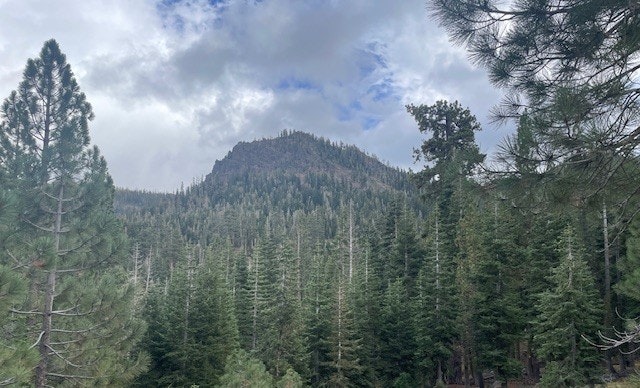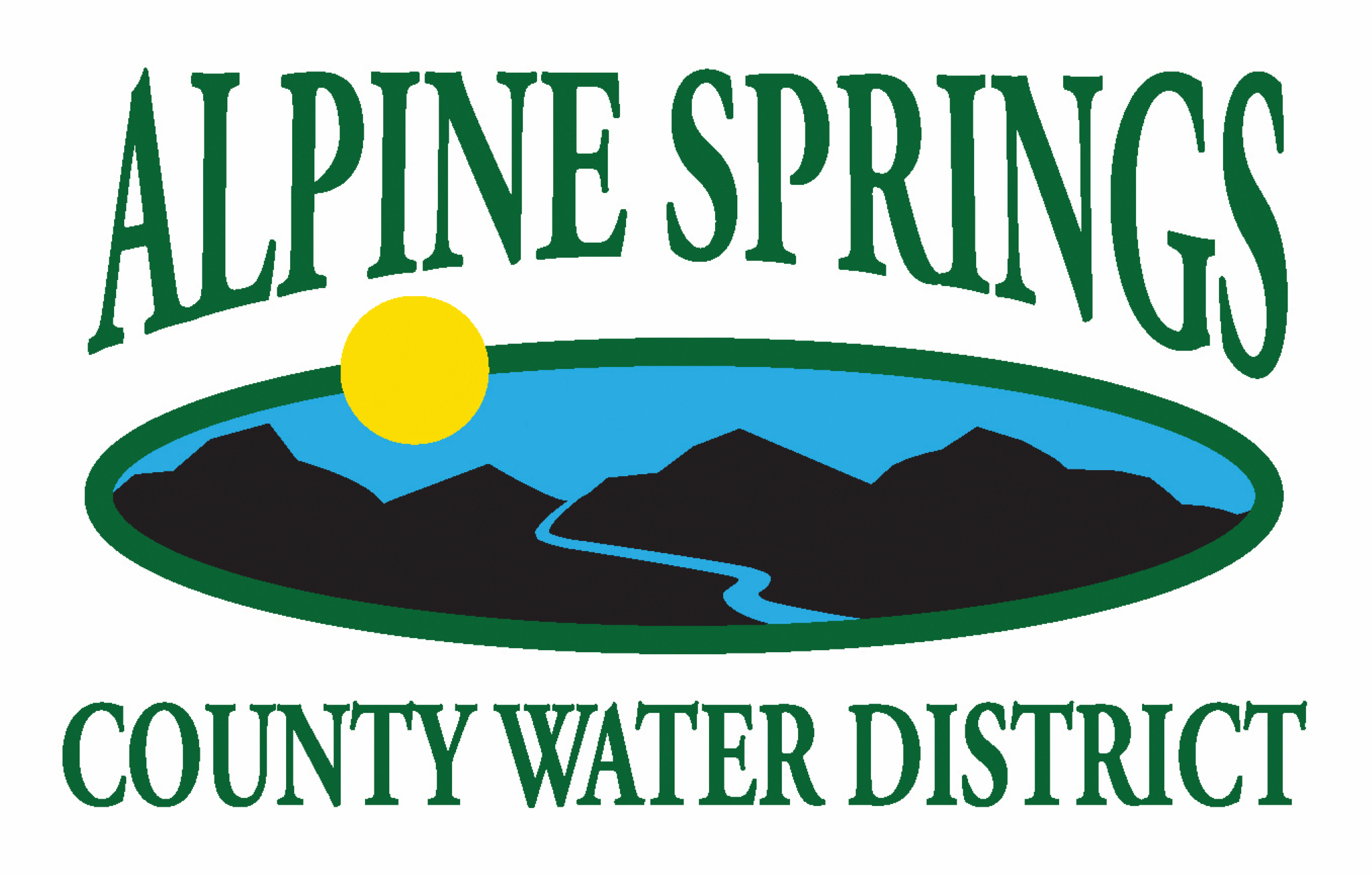History

Need - 1962
In the winter of 1962-63 the Health Officer of Placer County advised the property owners in the Bear Creek Valley that the County would not approve additional subdivisions (Alpine Meadows Estates Subdivision Units 1 and 2 were then existing) in the Valley until a central sewer and water system was established. County tests had indicated that the soil slope conditions in all areas not then developed were not suitable for septic tanks. In addition, a central water system to serve the entire Valley was necessary because of the lack of sources of water and the need for a water storage large enough to satisfy the requirements for favorable fire insurance ratings. A Mutual Water Company had been formed to serve Alpine Meadows Estates Subdivision Units 1 and 2, but its water source was inadequate.
William D. Evers, San Francisco attorney, assumed the job of finding a solution to the problem of apparent stagnation of development in the area. A central water and sewer system was required if the Bear Creek Valley was to be developed in accordance with the established Master Plan.
Financial Study - 1962
Stone & Youngberg, consultants on financing municipal improvements, were retained to make a preliminary study as to the type o entity to be used to construct, own and operate the water and sewer systems. Funds for the study and for preliminary engineering were obtained by borrowing from a bank on the personal guarantees of the developers of Units 1 and 2. Stone & Youngberg recommended the formation of a County Water District. Since the complete formation of the District (elections, meetings, publications of notice, etc.) could not be accomplished in less than six months, all necessary steps were commenced immediately.
Engineering - 1962-63
Because of the short construction period in the Sierra, engineering design work had to be started even before the District was formed, if the system was to be operating by the fall of 1963. Charles O. Greenwood and Associates, of Sacramento, were retained as engineers to coordinate and to supervise the engineering surveying and construction of the project. Roy E. Ramseier and Byron L. Nishkian, both engineers of considerable experience, were retained to design the water system and the sewer system, respectively. Work proceeded apace and preliminary estimates of costs were prepared.
Parenthetically, it may be noted that soil tests indicated that the only area in the Valley suitable for the leaching ponds was opposite the Powder Bowl on Forest Service land. Due to the cooperation of the local Forest Service staff, the sewer plant and leaching ponds were permitted to be located in this area. Absent this cooperation, they system could not have been built.
Formation - 1963
The law firms of Allan, Miller, Groezinger, Keesling and Martin (of which Mr. Evers is a partner) adn Orrick, Dahlquist, Herrington and Sutcliffe, municipal bond specialists, expedited the formation of the District which officially came into being on March 25, 1963.
Financing - Bonds - Other Assessments - 1963
Based on the estimates of costs and on Stone & Youngberg's further study of the bonding capacity of the District, the voters of the District authorized $850,000 worth of general obligations bonds. Of this amount it was anticipated that $700,000 would be sold in 1963 and the remainder in 1964.
Stone & Youngberg recommended that some cash money, other than bond money , be invested in order to "support the bonds". The Bear Creek Association was asked to contribute $161,000 cash (approximately $1,400 per Association member) as its share of the cost, over and above the continuing tax burden. The Association responded and thereby made the entire project feasible.
Alpine Meadows Estates Subdivision Units 1 and 2 had a special assessment tax proceeding to finance its local sewer collection system (those homeowners who already had septic tanks were not included and therefore did not have to pay twice for sewer service). Other assessments were mad "in lieu" of the statutory special assessment tax proceedings. Sufficient funds for the necessary construction then appeared to be on hand or authorized.
Construction - 1963-64
When bids for construction were opened in Sacramento, they were considerably in excess of estimates. After a frantic week of negotiation, cutting of the systems and modifications, Valley Engineers, Inc. was awarded the major construction contract on July 10, 1963. Construction started shortly thereafter.
Winter was early in 1963 and, as a consequence, construction was not completed prior to first snow. This caused and enormous number of problems and sharply increased construction costs. Nevertheless, the systems had to be completed because houses had already been constructed in reliance upon representations that adequate water and sewer service would be available. Only superhuman efforts permitted the systems to be operating in early 1964. And, by the summer of 1964, the initial construction was completed and the systems were adjusted and checked out.
Financing - Bonds - 1964
Stone & Youngberg then advised the District that recent building and development in the Valley had progressed sufficiently that they believed addition general obligation bonds could be sold in 1964. The Board of Directors of the District determined that the remaining 1963 bonds should be sold and sufficient additional bonds should be sold to finance the completion of the entire system.
Therefore, on June 30, 1964, the voters approved a further bond issue of $350,000. These bonds were sold on August 11, 1964. The proceeds were or will be used to construct more water storage facilities, to develop more wells, to complete a "loop" of the water system, to acquire the Alpine Meadows water and sewer systems, to acquire the Alpine Center water system and to connect the Alpine Meadows system to the valley-wide system.
